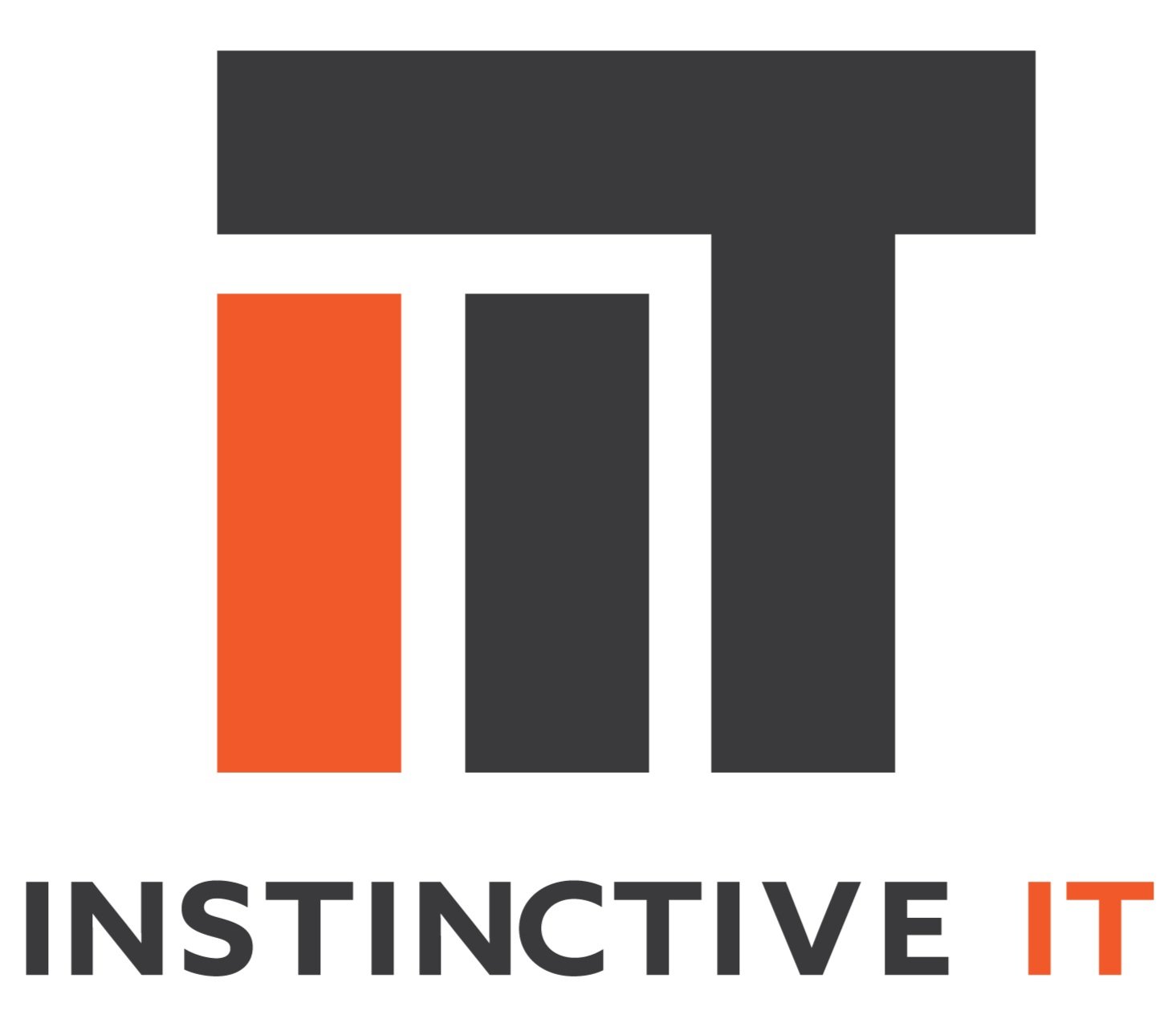Contingent Workforce Management- What You Should Know
The use of contingent workers with IT has increased dramatically over the past decade and steadily continues to rise in large part because of the rising labor costs and being able to quickly adapt to market conditions. In fact, there are approximately 77 million formally identified contingent workers in Europe, India, and the United States with that number only growing. These workers can include anyone who is providing services to an organization, but not on the company payroll, such as freelancers, contractors, temps, or IT consultants. Often times, contingent workforce management poses challenges to organizations because they have fragmented processes, inconsistent hiring techniques, or offer different remuneration. All of these gaps can lead to added inefficiencies and ultimately higher costs.
By implementing an effective contingent workforce management strategy that your entire organization is on board with many of the typical challenges can be avoided. The requirements of your contingent workforce management program will vary depending on several factors including your organization size, number of contingent workers, and amount of time contingent workers are engaged, but the foundation will remain the same.
Three core pillars to consider when creating an effective contingent workforce management strategy include:
1. Remove Silos
Contingent workers should not simply fall under the managers they will be reporting too. An effective contingent workforce management program should be centralized in one place to prevent errors and lapse in correct processes. Ultimately, this will allow for increased time and lower costs to your organization as a whole.
2. Partner with an IT Managed Service Provider
With your IT organization needing various contractors, freelancers, and IT consultants it can quickly become complex. The best way to ensure you are up to date on government requirements and knowledge about current market conditions is to outsource the management of your contract workers to a managed service provider (MSP). An MSP can help optimize the processes you currently have in place to minimize your talent sourcing costs, payment, compliance, and help you create a more enjoyable experience for all involved.
3. Invest in a Vendor Management System
A VMS is a cloud-based tool that offers a centralized location to manage your contingent workforce. This tool will help improve productivity, lower compliance risks, and help you plan for future goals by allowing you to measure business performance.
It is critical to develop a solid foundation for the contingent workforce and to have processes in place as to how the operations should be handled in order to deliver the best results to your organization. By creating effective management of your contingent workforce you will be able to expose any risks or shortcomings to the business quicker and be more empowered to make decisions on what type of talent to bring in and where.
When you are able to create transparency among your IT organization, partner with an experienced managed service provider, and implement the right technology and strategic approach you can increase the effectiveness of your contingent workforce management program. In doing so, you’ll yield benefits such as:
Cost Savings: MSP’s can help ensuring competitive supplier bidding and help you understand the benefits of on-shore, near-shore, or offshore staffing solutions. MSP’s will also be able to offer hybrid plans that could provide additional cost benefits.
Process Efficiency: With transparent contingent workforce management and proper technology in place you can reduce the average requisition process without loosing the worker qualit
Workforce Visibility: Creating a solid foundation will improve visibility of your workforce, which will ultimately allow for data to fuel future efficiency and effectiveness within your organization.
Risk Management: Improving upon worker misclassification and reducing the risk for unnecessary hiring or improper management practice with contingent workers.
Improved Talent Quality: Full circle this will ultimately help your IT organization create a stronger talent pool.
With the increasing growth of the contingent workforce it offers a great opportunity for mid-market brands. The contingent workforce has the ability to give your company access to the best IT talent, fresh perspectives, and a more diverse workforce at a reduced cost. It comes down to proper management and implementing a solid strategy, otherwise you will notice these benefits falling short of your expectations.
As you and your colleagues discuss what a contingent workforce program could look like, keep our insights in the back of your mind. By understanding what it takes to create a successful program you will give your organization an advantage to be ahead of the curve to optimize, save time and save money on managing your contingent workforce. Contact us to discuss contingent workforce management and learn how we can help guide you to create a clear strategy and foundation for success.


